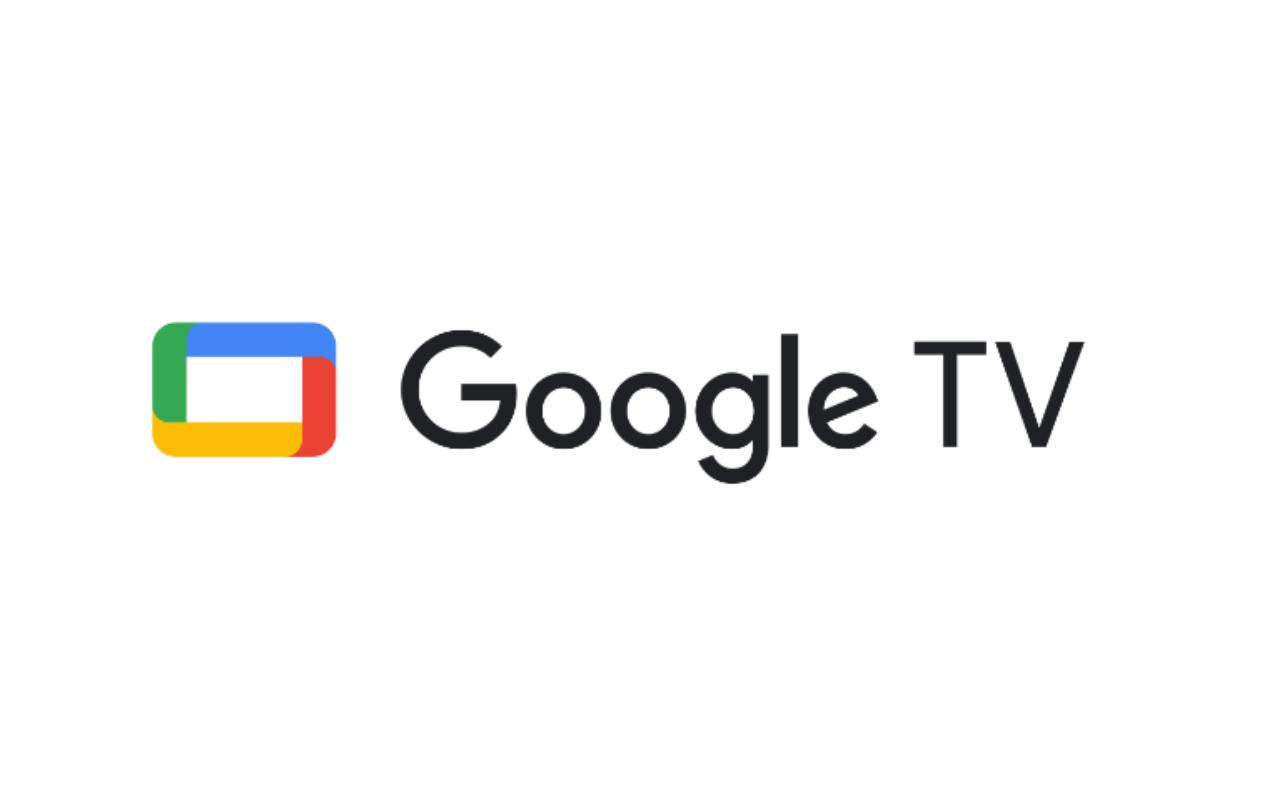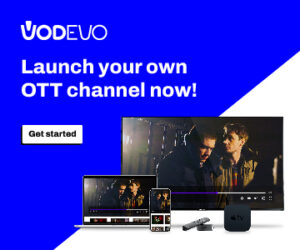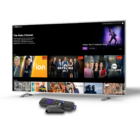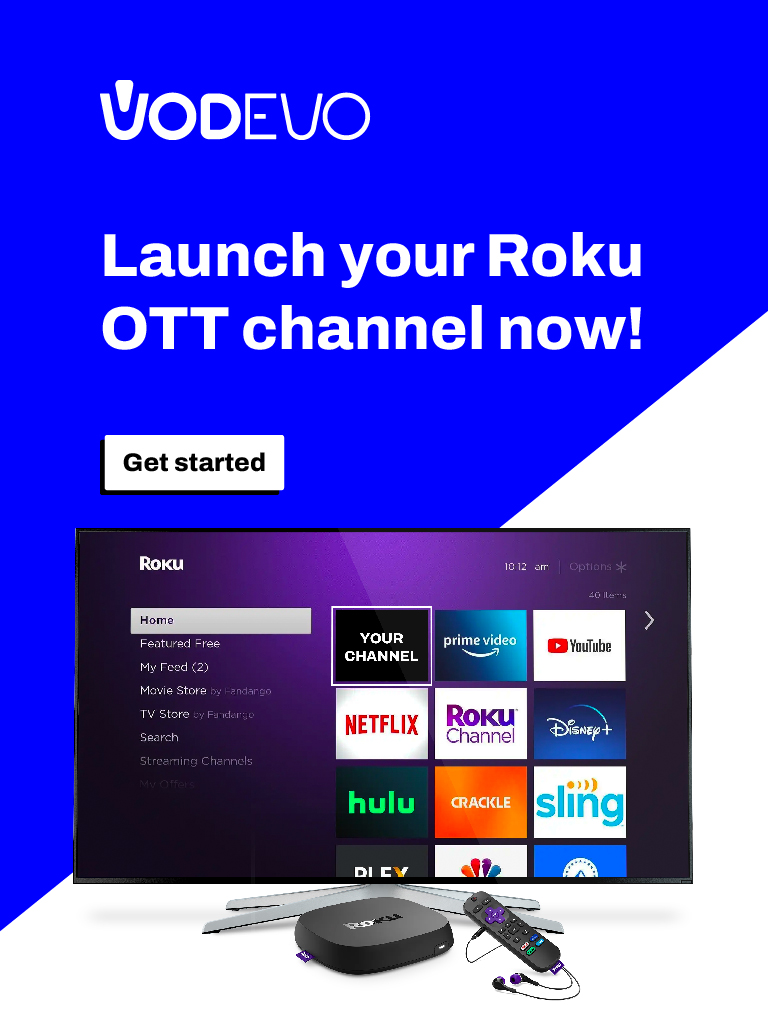In 2020, Google launched its own platform for TV entertainment by introducing Google TV, a streaming services aggregator that revamped the dated Android TV launcher.
With this innovation, however, Big G put together several things, namely Chromecast (the first device with TV was the new Chromecast with Google), Android TV (the operating system on which the interface operates), and, since 2021, a smartphone app that replaced Google Play Movies.
What is Google Tv
This is an entertainment platform that aggregates content from various streaming services and makes it easier to find and access what you want to watch. It is available as an operating system for smart TVs, set-top boxes, and other streaming devices, as well as an app for smartphones.
The platform uses a personalized recommendation system based on your viewing history, preferences, and search history. It also has a universal watchlist that lets you save movies and TV shows from different services in one place.
It has a user-friendly interface that allows you to browse content across different services, search for specific titles, and see recommendations based on your interests. You can also access live TV channels and subscribe to premium services directly from the platform.
The platform is compatible with various streaming services, including Netflix, Amazon Prime Video, Disney+, Hulu, and more. It also supports the Assistant, which allows you to control your TV and other smart home devices with voice commands.
Google Idea
Google’s idea is to unify home streaming under a single product, but in doing so, some users may be disoriented. Let’s then discover what TV is and how it works, both the version for Chromecast (but also TV or set-top box) and the app, as well as discover the differences with Android TV.
A dual-natured project, then, launched in 2020 with the first Chromecast with Google and then expanded with the mobile app in 2021. That’s why in the introduction we talked about Google’s desire to bring together different systems: Chromecasts, which have evolved from simple casting devices to become a true hub for streaming, Android TV, and smartphones, all with the ambition of creating a hub to manage multi-casting from multiple streaming services.
Chromecast with Google Tv

The Chromecast with Google 4K was the first device to arrive on the market with this interface, which puts the featured content at the center of its home screen. Furthermore, thanks to the use of artificial intelligence, it proposes content selected based on your habits, and with the included remote control, it allows you to navigate the interface as you would with an Amazon Fire Stick.
Thanks to synchronization with your Google account, it allows you to create a list of titles to watch from any device. It is always accessible from the home screen, and the presence of Google Assistant allows you to manage everything through voice commands.
As well as for streaming services, you can access Netflix, Prime Video, Apple TV Plus, Disney, and others (see the full list below).
The Difference whit Android Tv
Furthermore so we’ve understood that Google is an interface that “leans” on Android TV, the operating system that powers the devices. But how do they differ, because before the advent of Google TV, Android TV had its own proprietary interface.
Let’s start with the similarities. Both Android TV and Google allow you to watch and interact with content. Both platforms offer the same wide selection of apps for smart TVs, streaming services, and games, as well as support for voice commands with Google Assistant, smart home controls, casting with Chromecast, and media streaming.
In fact First of all, as we have said several times, Android TV is an operating system, while Big G is the interface, that is the launcher with which you interact.
A Chromecast with Google TV, or a TV with Google TV, will always have Android TV as the operating system.








